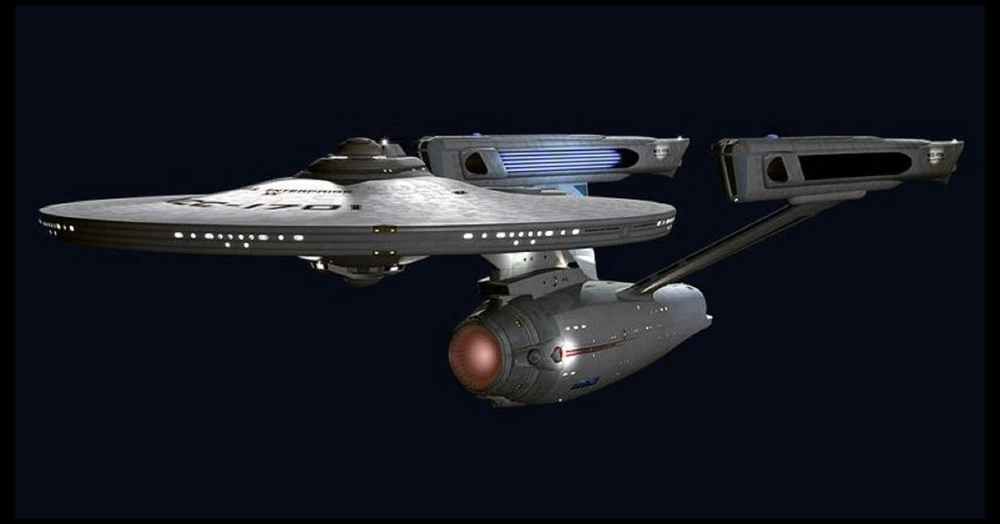I am again testing wordpress-bluesky integration. For this post, I have no inline images, and am using a featured image.
Tag: Star Trek
-
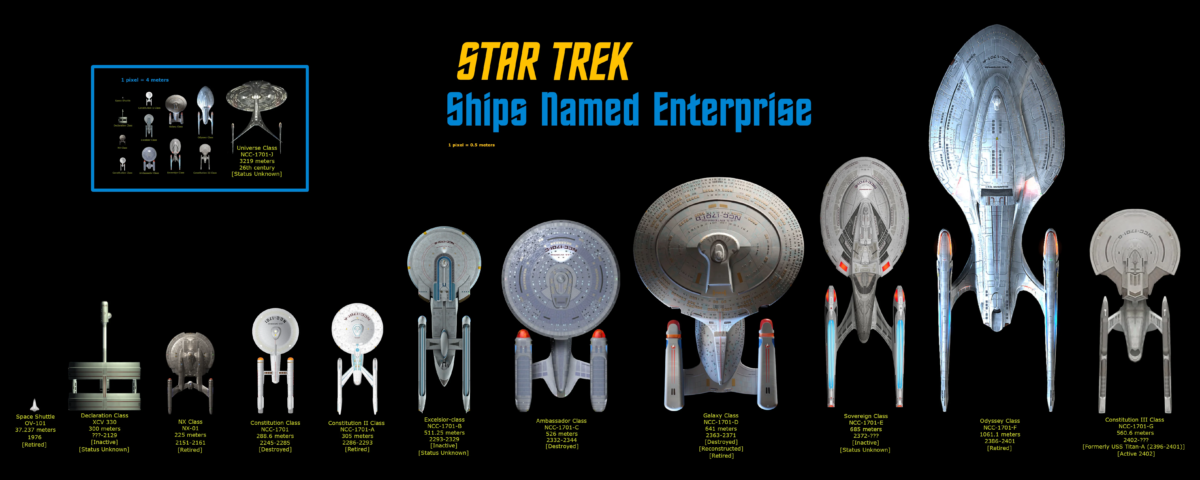
Starship nacelle and hull geometries
Looking at various comparative silhouettes for the Enterprise family of starships, I am struck by how nacelle sizes are relatively constant in width and tend to get somewhat proportionally longer. This is not based on any science fiction physics of warp drive but an aesthetic that fans and designers alike have settled on as an informal consensus. The Sovereign nacelles are among the largest (I don’t have an Odyssey comparison pic handy right now) but only in terms of length – the galaxy and the Ambassador’s nacelles are much wider. Some of that may be to tech improvements but the general aesthetic I am seeing is that – again, not based on warp physics speculation – the nacelle width and length looks most pleasing when they are reflective of the ship dimensions overall.
That said, there does seem to be an upper limit. The Enterprise-J, which is really a portable biosphere, breaks all of these assumptions. However, if you truly had a massive station-sized ship – eg Starbase 1 or Spacedock – would you just attach mega nacelles to it? Defiant shows us that external nacelles aren’t even necessary. Suppose you wanted to build a giant colonizing ship (like the Enterprise-J, which is technically an alternate timeline and not canon), or a mobile spacedock (something along the size of the ships in Banks’ Culture series). I think nacelles wouldn’t even be necessary above a certain size. But if you wanted to have nacelles, perhaps arrays of nacelles would be better – a port array of four, a starboard array of four, a ventral array, etc. These could be Sovereign-style nacelles rather than Stargazer-size.
Above a certain size, even the assumptions of a primary hull, secondary hull, etc break down. My theory is that at some point it just becomes more effective to approach a sphere or a cylinder in shape as ship size scales up. The biggest Starfleet space vessel we have seen is the new Spacedock which is already mostly cylindrical. And Borg ships tend towards simple geometries as well with no need for nacelles. These shapes are probably more efficient in a (fictional) warp physics sense than the elongated saucers of starships and therefore don’t need nacelles per se.
-
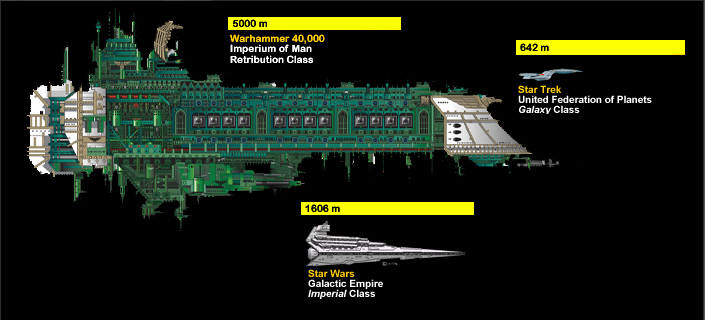
Unification, part N
Austin Habershaw does the unthinkable: posits that Star Trek and Star Wars are part of the same universe. Along with Warhammer 40K. Lest you fail to click, reader, I will only cite one line, the worst line, the best line:
Humanity did it – it conquered the stars – only to discover that the stars are a terrible, cold place where war in unending and death assured.
Read it, then weep for the terrible truth of it.
-
Replicated food is not halal or kosher: a secular argument
Fake meat is going mainstream – you can buy burgers at Burger King, White Castle, and Del Taco. Surely Chipotle and McDonalds are not far behind. This is exciting for people like me who are Muslim Eaters obsessed with the halal scene. But plant-based meat is one thing, what about the science fiction dream of totally replicated meat?
The basic concept of the replicator in Star Trek (and now, The Orville) is that food is just molecules, so instead of cooking plants and animals, you can assemble the dish (and the dish upon which it is served) from raw molecules of matter. Which then leads to the inevitable question, would replicated pork be halal or kosher?
Rather than make a theological argument for why it would or would not be, I want to approach that question from the other direction. Why would it be? The basic answer is that the molecules from which we replicate the pork don’t actually come from a pig. They could come from stockpiles of carbon, nitrogen, hydrogen, and oxygen (CHON). There probably would be some trace molecules too, but if the replicator can assemble foods by molecule, then it can probably assemble molecules from atoms. These are just implementation details. Therefore, if the meat doesn’t come from a pig, then there’s no problem. Of course there are additional requirements of halal and kosher with regards to how the animal is slaughtered, etc. But we by removing the animal from the equation, these requirements are moot.
The problem is that the molecules of pigs don’t originate in pigs, either, Ultimately, molecules are formed from atoms, and atoms are formed mostly from cosmological forces (all the good stuff in particular from supernovae). So, consider two groups of molecules. Both are formed from the same supernova explosion of a star that was birthed from primordial hydrogen in the Big Bang. One group of molecules never enters the biosphere and gets processed into raw stock, and then replicated into a pork chop. The other group of molecules ends up in a pig, and then excised into a pork chop. One of these is clearly not halal or kosher. However, the origin of the molecules is identical. It’s purely a matter of how these molecules were arranged since they were created, that renders them non halal/kosher. IN another billion years, both will end up part of the same gas cloud in an expanding red giant anyway, and that brief arrangement into “pig” will just be a tiny blip.
What if you then collected those molecules from the second group, the group that was for an insignificant period of time, a pig, retrieved them from the gas cloud, and then reassembled them into a porkchop? (This is the nonsensical kind of thing that I imagine bored superintelligent post-singularity entities would do for self-amusement, which is so ludicrous but inevitable that it is another reason why I am skeptical of the singularity and AI in general). This reconstituted porkchop is still not halal or kosher.
Think about that. Out of 20 billion years, a negligible period of time being arranged into a pig renders these molecules forever, inescapably, non-halal and non-kosher. There is something profound and eternal about form, about morphology, that transcends time and space.
I don’t pretend to understand my faith rationally. It’s faith, after all. But the above thought experiment says to me that there is something more to halal and kosher, than merely about the animal. There is something inherently impure in the morphology itself. By recreating the morphology, we are in a sense recreating that impurity. So, the only safe answer, is no. Replicated pork is not halal or kosher. Replicate turkey bacon instead.
UPDATE: As a friend pointed out, wild boars do die and decompose, so their molecules can be re-purified if they end up as grass eaten by a cow that is slaughtered according to halal/kosher. So there must be some kind of re-purification process that can undo the impurity of the brief morphological state. So, by analogy, the replicated food in a replicator can be halal/kosher even if the molecules were briefly non-halal/non-kosher. as long as they were “laundered” through the biosphere first. Still, assembling the molecules into a porkchop would still return to the forbidden morphology, so the answer to the main question is still no.
UPDATE 2: In the comments below, J. sends this link discussing in detail whether cloned pigs are kosher. (spoiler: they aren’t). However, the discussion therein still leaves the door wide open for replicated pork. I still hypothesize no.
-
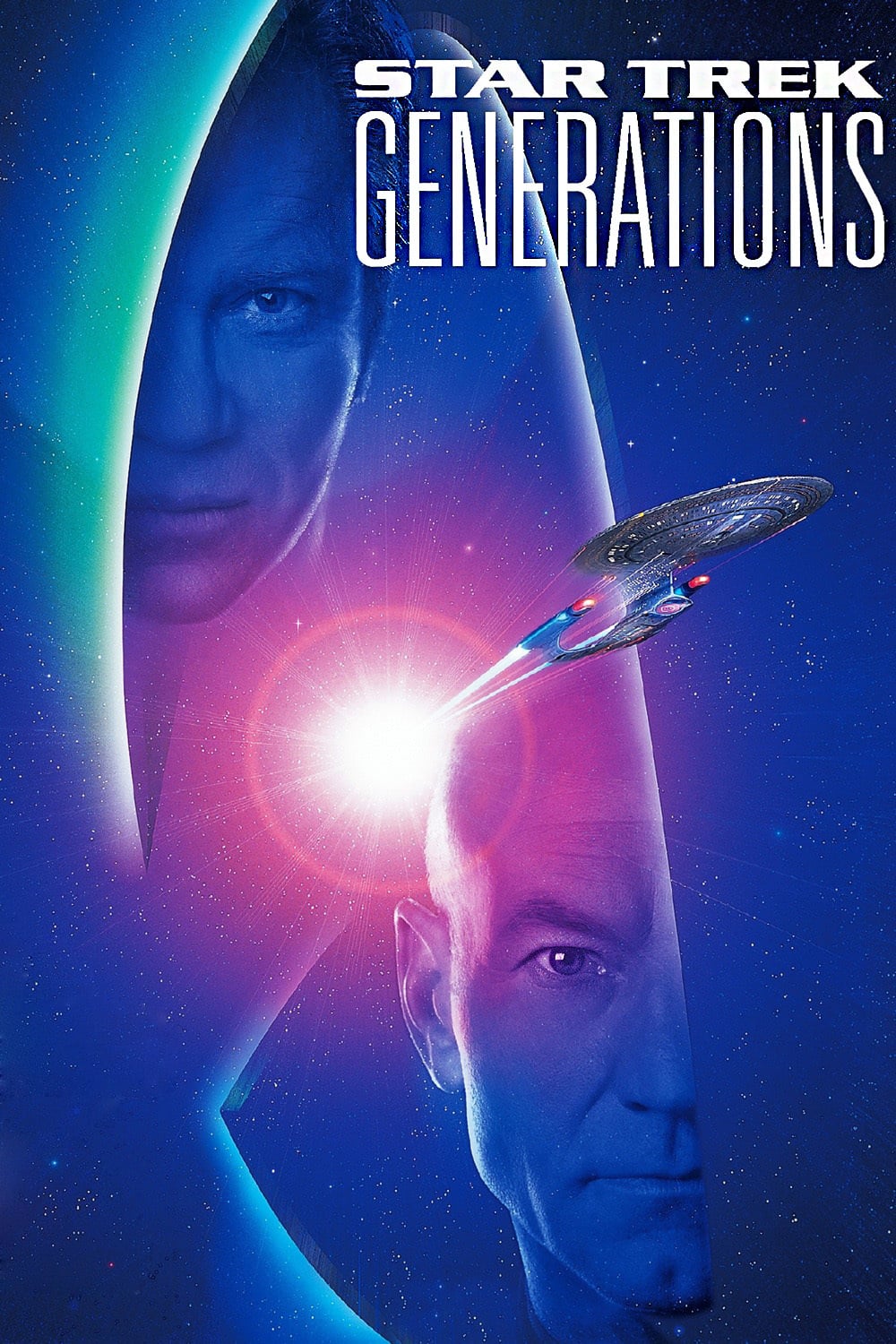
Star Trek belongs on television
The Trek movie franchise is dead, again.
The last time I was really excited about a Star Trek movie, it was Generations. I had missed The Voyage Home in the theaters, being only 12 years old, So The Final Frontier was my first theatrical Trek, which completely underwhelmed. I dutifully trekked out to watch Undiscovered Country, but had no real interest because TNG had already been on TV for a few years and completely replaced and redirected my Trek fandom. (Worf’s grandfather was a nice cameo, but that was about it). Generations, though, was the Big Thing. It was going to be everything I ever wanted – old Trek, new Trek, Kirk and Picard. Even the absence of Nimoy and Kelley didn’t dampen my enthusiasm. While I was watching it, I kept trying to convince myself how awesome it was. But at the end, even the (admittedly, magnificently executed) set-piece sacrifice of the Enterprise-D just felt like a tired retread of what Trek had done before.
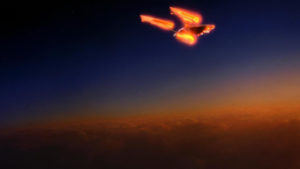
no theatrical Trek moment will ever match this one. Afterwards, I watched the new movies just as dutifully, but more out of obligation than anticipation. First Contact just turned me off entirely, packing too much Borg retcon and comparing poorly to Deep Space Nine, which was doing exciting and insane things. Poor Worf just looked bored and eager to get back to the station. I didn’t even bother watching Nemesis, predicting (correctly) that it would be a retread of Khan; and they didn’t even give us a primal yell moment. I ended up watching Nemesis on a plane and didn’t feel like I missed anything.
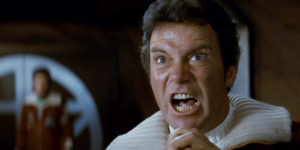
Except maybe this one. I keep using the word retread for a reason. The next batch of Trek movies set in the Abramsverse felt like they were trying too hard to make Star Trek into Star Wars. Couple that with the massive retcon underway with Enterprise, and it felt like there was just no real Trek left. And of course, they did a retread of a retread, with Kirk and Spock and Khan all over again, which just felt like an insult.
Beyond changed that. It was comfortable in its own skin, it was fun, it felt like Trek. But it was too late. And because Hollywood is expensive, and actors have contracts, and movies have to compete with other ones, the long march to finally getting a good Trek movie was just unsustainable. There will be no Trek 4:
As of now, Star Trek Discovery is apparently delivering action-packed Star Trek-worthy thrills on CBS All Access while Seth MacFarlane’s The Orville is going the topical sci-fi and talk > action interstellar adventure route over at Fox. Not only is the Bad Robot Star Trek franchise not the only (or biggest) Star Wars-type series in town, it’s not even the only major Star Trek option for fans and general consumers. And with Chris Pine and Chris Hemsworth apparently refusing a pay cut (from contracts foolishly negotiated before Star Trek Beyond opened), Paramount had little choice but to walk away from a movie likely to cost as much as Transformers but earn about as much as Bumblebee.
And I am really, 100% positively, absolutely okay with this. Chris Pine has better things to do than to play Kirk, and that’s fine. Quinto’s Spock was cool, but Spock is like Superman – more of an archetype than tied to any one actor. And the “new” Enterprise could never really compare to the old one, especially when we get to see her again in all her modern television glory at last.
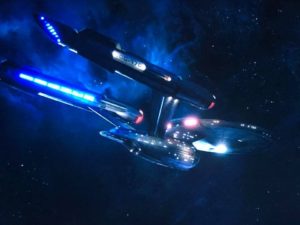
Nothing compares. Millennium what? If not for Beyond, I’d be saying good riddance to the Star Trek movies. Instead, I am saying Rest in Peace. Star Trek is best when it has time to develop its characters, craft its message, and take its time. Star Trek is about exploring the human condition, with space as a proxy, in the best tradition of science fiction. It never wore the mantle of blockbuster thriller all that well.
Star Trek belongs on television. With Discovery, the upcoming Picard show, and even Orville out there – the ethos of Trek is alive and well, on the small screen. The next generation of Trek is back home.
-
Star Trek exists in the Hitchhiker’s Guide Universe
Space is big. You just won’t believe how hugely, vastly, mind-bogglingly big it is.
But space is just 3 dimensions, there is also time, and there is also X. In Star Trek, apart from the usual travels in space and the occasional travels in time, we also have twice seen travels in X: a few visits to the Mirror Universe, and the Kelvinverse. These are not alternate universes, they are dimensions, because an alternate universe is a branching point, and the more time passes after the branch, the greater the deviation will be. Despite several decades after the branching point in the Kelvinverse and several centuries in the Mirror, we still see that the same people are being born, having the same meta-relationships, the same destinies. That implies that these are not separate universes but still fundamentally tied to the Prime. There is a Platonic underlying universe and these are different projections in a lower dimensional space, perhaps.Having established that there is a dimension X, consider that it is common to H2G2. The Guide Mark II is able to directly manipulate X, even outside the X-unstable ZZ Plural-Z Alpha zones (which contains the Earth, and presumably most of the core federation, which is not coincidentally where most of the X-traveling shenanigans in Star Trek lore occur). Denizens of Plural zones are explicitly warned not to travel by hyperspace because they can be catapulted unpredictably along X, so most of the early galactic civilizations favored warp drive instead of hyperspace jumps. Much of the Second Phase of H2G2 occurs in a different X than the Primary, and we get some exposition about different-X versions of Zaphod in the Tertiary and Arthur in the Quaternary Phases, and Zaphod even managed to make a business model out of it in Hexagonal Phase.
What we know of Galactic history is that about 5 million years ago, and the “about” will become very important in just a moment, there was a Galactic Empire, where “life was wild, rich, and on the whole, tax-free. In those days, spirits were brave; the stakes were high; men were real men, women were real women, and small furry creatures from Alpha Centauri were real small furry creatures from Alpha Centauri. And all dared to brave unknown terrors to do mighty deeds to boldly split infinitives that no man had split before.” I can think of no better description of the Original Series than this. Of course, there is some distortion, as 5 million years have passed from Kirk’s “men were real men” years and the relatively depressed era of Zaphod and Ford. Magrathea allegedly got its start in this era, as a means for the fabulously ultra-wealthy to spend money on custom planets (implying at least a Kardashev Type II civilization). However, if we allow for the fact that the Golden Age of the former Galactic Empire could span a million years of its own, then Magrathea could well have existed a million years before Kirk and crew. Or much, much longer – because a Type II civilization is not a transient thing.
My theory is that the former Galactic Empire was founded about 4 million years prior to the Zaphod era, and about 3 million years prior to the Kirk era. Lets establish Kirk taking command of the Enterprise in TOS as our zero date: 0 KE (Kirk Era). Dates before this point are BK (Before Kirk). The Zaphod Era (ZE) begins approximately 1M years KE. A few important dates immediately can be established:
2M years BK: Magratheans build Mira’s Earth
2M years BK: Ford and Arthur stranded on prehistoric earth with the Golgafrinchans
1M years BK: Fall of the Galactic Empire.
300 BK: Arthur Dent rescued from the destruction of the Earth by Ford Prefect, who has accidentally traveled 5M years back in time without realizing it.
10,000 KE: the Last Temporal Cold War
1M KE: the Galactic Republic, administered by the Vogon bureacracy, at its peak. This is where most of the canonical story of H2G2 takes place.There certainly are some problems here. But most of those can be resolved by the fact that the Galactic Republic was notoriously more irresponsible about time travel than even the Federation was during the Temporal Wars (plural). After all, the whole Cathedral of Chalesme fiasco, which led to Slartibartfast’s involvement in the Campaign for Real Time, is evidence aplenty of just how screwed up the timeline became. The vast Dark Age between the Kirk and Zaphod eras was irresistible to tinkering, profiting, and just general screwing around by the various Powers That Be.
Ultimately, a lot of the general wierdness, like Miri’s Earth, Apollo, and whatnot that happened during TOS, not to mention the strange discontinuities around the Enterprise NX-01, which could actually be another poster child for the Campaign for Real Time to protest, can be explained by understanding that Star Trek and H2G2 happened in the same Galaxy – adventures in space, time, and X. I am sure this is a field of potentially rewarding inquiry for other researchers with more procrastination time than myself to pursue.
(for the purposes of this essay, I am treating only the radio scripts of H2G2 as canon. Yes, I am a purist. The book versions, and the regrettable movies and TV shows, can be considered different-X.)
-
Judge Stone’s Prime Directive
Rest in Peace, Harry Anderson. (via Reddit)
-
The Search for Spock in Season 2
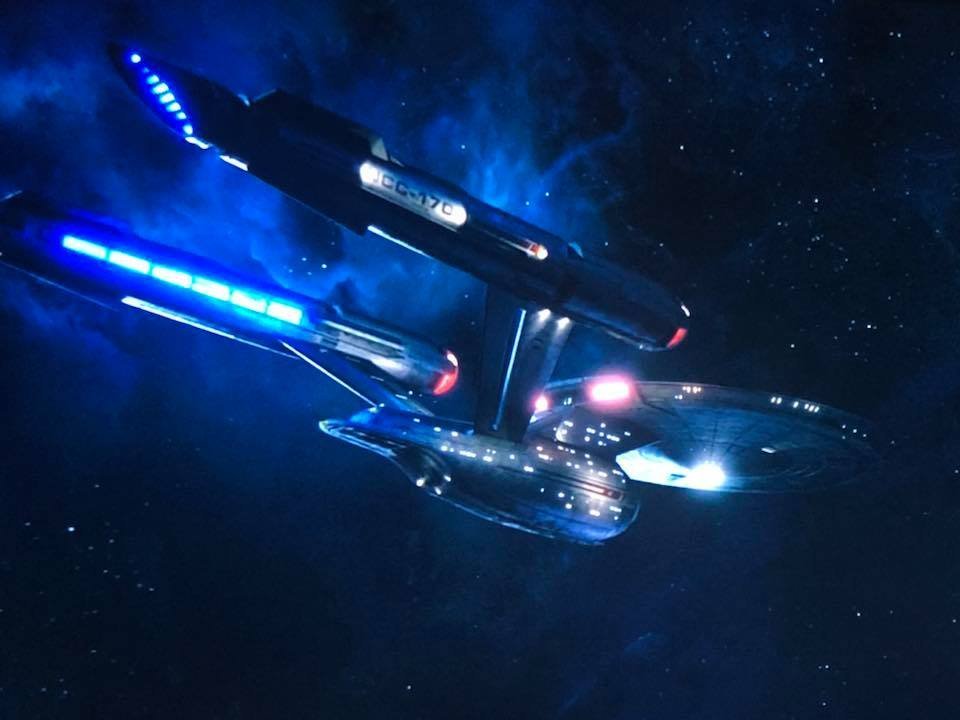
Fundamentally, Spock is the central character of Star Trek. His presence connects space, time, and reality. He has appeared before TOS and after DS9; he has appeared as an infant and an adult; he has appeared in an alternate timeline (Prime) and an alternate Universe (Mirror); he has appeared on screen with himself, he has died, he has been reborn, he has suffered the loss of his mind, he has suffered the loss of his brain. There is no axis of star Trek that can omit Spock.
Consider also that even putting aside the visual retcon of Star Trek: Discovery, Spock as a character has been played by a total of eight actors, two of which played Spock in his prime (Nimoy and Quinto). Spock is akin to Superman – a character who is instantly iconic and recognized, even though the face changes.There was no angst about Zachary Quinto’s portrayal on par with the angst currently suffusing Star Wars fandom over casting Alden Ehrenreich as Solo. We, the Trek collective, did not even have any real issue with Quinto-Spock receiving personal effects of Nimoy-Spock including the iconic cast photograph in which the visual discrepancy between all of the bridge crew was simply presented on screen without explanation or fuss. It simply was. It simply is.
Spock must appear in Season 2. We can quibble over warp nacelle shapes and surface veneer when it comes to the Enterprise, but even the critics of that design choice still had at least one heart palpitation at seeing the original NCC-1701 grace a television screen again for the first time in decades. Spock, however, is beyond debate.
Spock must appear in season 2.
-
Star Trek rediscovery: a real score
FINALLY!!
Whether or not I buy into CBS All Access, I will probably be buying this soundtrack. The music of Trek – except for the abomination of Enterprise – has always been hand in hand with it’s basic message of boundless optimism and grand adventure, about journeys rather than destinations.
For no other reason than I love it, here is my favorite musical segment of all Trek: the Battle in the Mutara Nebula.
